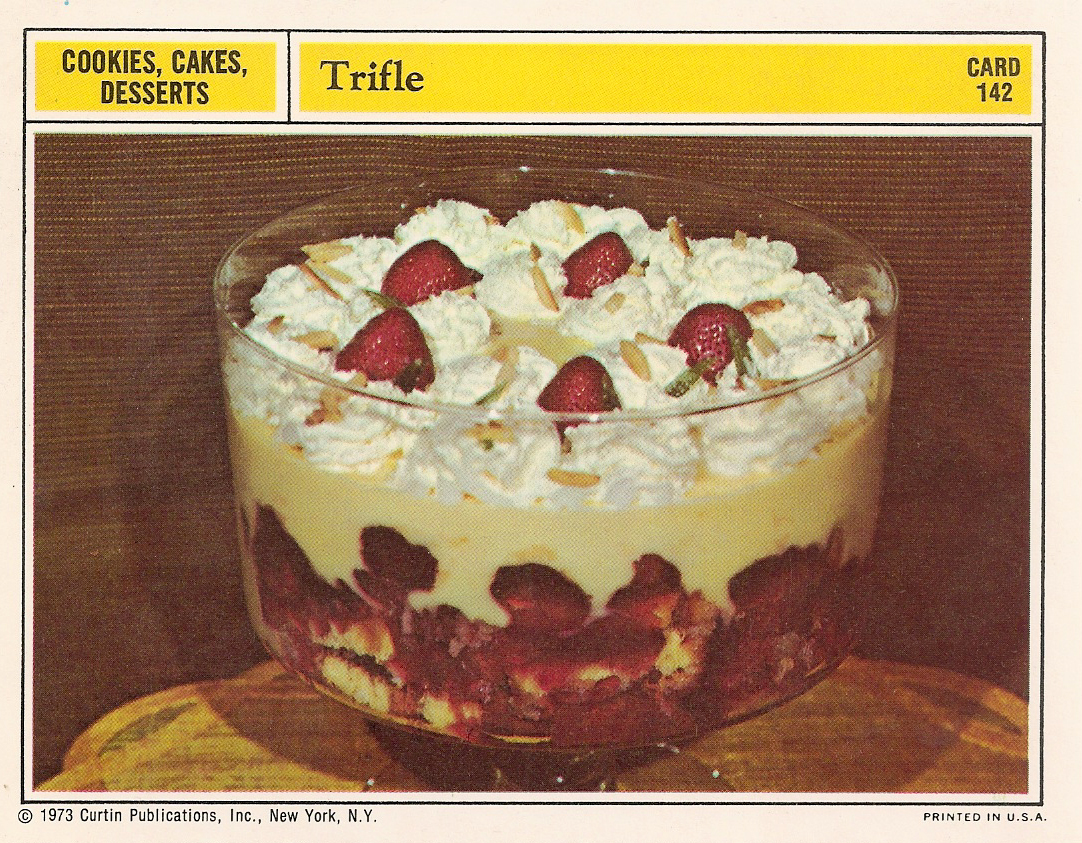⁘⁙⁘⁙⁘⁙⁘⁙⁘⁙⁘⁙⁘⁙⁘⁙⁘⁙⁘⁙⁘⁛⁘⁙⁘⁙⁘⁙⁘⁙⁘⁙⁘⁙⁘⁙⁘⁙⁘⁙⁘⁙⁘⁙⁘⁙⁘⁛⁘⁙⁘⁙⁘⁙⁘⁙⁘⁙⁘⁙⁘
⁙⁘⁙⁘⁙⁘⁙⁘⁛⁘⁙⁘⁙⁘⁙⁘⁙⁘⁙⁘⁙⁘⁙⁘⁙⁘⁙⁘⁙⁘⁙⁘⁙⁘⁛⁘⁙⁘⁙⁘⁙⁘⁙⁘⁙⁘⁙⁘⁙⁘⁙⁘⁙⁘⁙⁘⁙⁘⁙⁘⁛
⁙⁘⁛⁘⁙⁘⁙⁘⁙⁘⁙⁘⁙⁘⁙⁘⁙⁘⁙⁘ SELF-ACTUALIZATION ⁙⁘⁙⁘⁙⁘⁙⁘⁙⁘⁛⁘⁙⁘⁙⁘⁙⁘⁙⁘⁙
⁘⁙⁘⁙⁘⁙⁘⁙⁘⁙⁘⁙⁘⁛ “what one can be, one must be” ⁘⁙⁘⁙⁘⁙⁘⁙⁘⁙⁘⁙⁘⁙⁘
⁙⁘⁛⁘⁙⁘⁙⁘⁙⁘⁙⁘⁙⁘⁙⁘⁙⁘⁙⁘⁙⁘⁙⁘⁙⁘⁛⁘⁙⁘⁙⁘⁙⁘⁙⁘⁙⁘⁙⁘⁙⁘⁙⁘⁙⁘⁙⁘⁙⁘⁛⁘⁙⁘⁙⁘⁙⁘⁙⁘⁙
⁙⁘⁙⁘⁙⁘⁙⁘⁙⁘⁙⁘⁙⁘⁙⁘⁛⁘⁙⁘⁙⁘⁙⁘⁙⁘⁙⁘⁙⁘⁙⁘⁙⁘⁙⁘⁙⁘⁛⁘⁙⁘⁙⁘⁙⁘⁙⁘⁙⁘⁙⁘⁙⁘⁙⁘⁙⁘⁙⁘⁛
⁙⁘⁛⁘⁙⁘⁙⁘⁙⁘⁙⁘⁙⁘⁙⁘⁙⁘⁙⁘⁙⁘⁙⁘⁛⁘ ESTEEM ⁙⁘⁙⁘⁙⁘⁙⁘⁙⁘⁙⁘⁛⁘⁙⁘⁙⁘⁙⁘⁙⁘⁙⁘⁙⁘⁙
⁙⁘⁙⁘⁙⁘⁙⁘⁙⁘⁙⁘⁙⁘⁛⁘ self-respect, respect from ⁙⁘⁙⁘⁙⁘⁙⁘⁙⁘⁛⁘⁙⁘⁙⁘⁙
⁙⁘⁙⁘⁙⁘⁙⁘⁛⁘⁙⁘⁙ others, competence, independence ⁘⁛⁘⁙⁘⁙⁘⁙⁘⁙⁘⁙⁘⁙
⁘⁛⁘⁙⁘⁙⁘⁙⁘⁙⁘⁙⁘⁙⁘⁙⁘⁙⁘⁛⁘⁙⁘⁙⁘⁙⁘⁙⁘⁙⁘⁙⁘⁙⁘⁙⁘⁛⁘⁙⁘⁙⁘⁙⁘⁙⁘⁙⁘⁙⁘⁛⁘⁙⁘⁙⁘⁙⁘⁙⁘
⁘⁙⁘⁙⁘⁙⁘⁙⁘⁙⁘⁛⁘⁙⁘⁙⁘⁙⁘⁙⁘⁙⁘⁙⁘⁙⁘⁙⁘⁛⁘⁙⁘⁙⁘⁙⁘⁙⁘⁙⁘⁙⁘⁙⁘⁙⁘⁛⁘⁙⁘⁙⁘⁙⁘⁙⁘⁙⁘⁙⁘
⁘⁙⁘⁙⁘⁙⁘⁛⁘⁙⁘⁙⁘⁙⁘⁙⁘⁙⁘⁙⁘⁙⁘⁛⁘ BELONGING ⁘⁙⁘⁛⁘⁙⁘⁙⁘⁙⁘⁙⁘⁙⁘⁙⁘⁙⁘⁛⁘⁙⁘⁙⁘
⁘⁙⁘⁛⁘⁙⁘⁙⁘⁙⁘⁙⁘⁙⁘ community, family, friendship, ⁙⁘⁙⁘⁛⁘⁙⁘⁙⁘⁙⁘⁙⁘
⁘⁛⁘⁙⁘⁙⁘⁙⁘⁙⁘⁙⁘⁙⁘⁛⁘⁙⁘⁙⁘⁙⁘ intimacy, love ⁙⁘⁙⁘⁛⁘⁙⁘⁙⁘⁙⁘⁙⁘⁙⁘⁙⁘⁛⁘⁙⁘
⁙⁘⁙⁘⁙⁘⁙⁘⁛⁘⁙⁘⁙⁘⁙⁘⁙⁘⁙⁘⁙⁘⁛⁘⁙⁘⁙⁘⁙⁘⁙⁘⁙⁘⁙⁘⁛⁘⁙⁘⁙⁘⁙⁘⁙⁘⁙⁘⁙⁘⁛⁘⁙⁘⁙⁘⁙⁘⁙⁘⁙
⁘⁙⁘⁙⁘⁛⁘⁙⁘⁙⁘⁙⁘⁙⁘⁙⁘⁛⁘⁙⁘⁙⁘⁙⁘⁙⁘⁙⁘⁛⁘⁙⁘⁙⁘⁙⁘⁙⁘⁙⁘⁛⁘⁙⁘⁙⁘⁙⁘⁙⁘⁙⁘⁛⁘⁙⁘⁙⁘⁙⁘
⁙⁘⁙⁘⁙⁘⁙⁘⁛⁘⁙⁘⁙⁘⁙⁘⁙⁘⁙⁘⁛⁘⁙⁘⁙⁘ SAFETY ⁙⁘⁙⁘⁙⁘⁙⁘⁙⁘⁛⁘⁙⁘⁙⁘⁙⁘⁙⁘⁙⁘⁛⁘⁙⁘⁙
⁘⁙⁘⁛⁘⁙⁘⁙⁘⁙⁘⁙ health, personal security, economic ⁙⁘⁙⁘⁛⁘⁙⁘⁙⁘⁙⁘
⁘⁙⁘⁙⁘⁙⁘⁛⁘⁙⁘⁙⁘⁙⁘ security, emotional security ⁙⁘⁛⁘⁙⁘⁙⁘⁙⁘⁙⁘⁛⁘⁙⁘
⁛⁘⁙⁘⁙⁘⁙⁘⁛⁘⁙⁘⁙⁘⁙⁘⁛⁘⁙⁘⁙⁘⁙⁘⁛⁘⁙⁘⁙⁘⁙⁘⁛⁘⁙⁘⁙⁘⁙⁘⁛⁘⁙⁘⁙⁘⁙⁘⁛⁘⁙⁘⁙⁘⁙⁘⁛⁘⁙⁘⁙
⁙⁘⁙⁘⁛⁘⁙⁘⁙⁘⁙⁘⁛⁘⁙⁘⁙⁘⁙⁘⁛⁘⁙⁘⁙⁘⁙⁘⁛⁘⁙⁘⁙⁘⁙⁘⁛⁘⁙⁘⁙⁘⁙⁘⁛⁘⁙⁘⁙⁘⁙⁘⁛⁘⁙⁘⁙⁘⁙⁘⁛
⁙⁘⁙⁘⁛⁘⁙⁘⁙⁘⁛⁘⁙⁘⁙⁘⁛⁘⁙⁘⁙⁘⁛ PHYSIOLOGICAL ⁙⁘⁛⁘⁙⁘⁙⁘⁛⁘⁙⁘⁙⁘⁛⁘⁙⁘⁙⁘⁛⁘⁙
⁘⁛⁘⁙⁘⁙⁘⁛⁘⁙⁘⁙⁘⁛ food, water, shelter, sleep, air ⁘⁛⁘⁙⁘⁙⁘⁛⁘⁙⁘⁙⁘
⁙⁘⁛⁘⁙⁘⁛⁘⁙⁘⁛⁘⁙⁘⁛⁘⁙⁘⁛⁘⁙⁘⁛⁘⁙⁘⁛⁘⁙⁘⁛⁘⁙⁘⁛⁘⁙⁘⁛⁘⁙⁘⁛⁘⁙⁘⁛⁘⁙⁘⁛⁘⁙⁘⁛⁘⁙⁘⁛⁘⁙
⁛⁘⁙⁘⁛⁘⁙⁘⁛⁘⁙⁘⁛⁘⁙⁘⁛⁘⁙⁘⁛⁘⁙⁘⁛⁘⁙⁘⁛⁘⁙⁘⁛⁘⁙⁘⁛⁘⁙⁘⁛⁘⁙⁘⁛⁘⁙⁘⁛⁘⁙⁘⁛⁘⁙⁘⁛⁘⁙⁘⁛
Maslow’s (simplified) hierarchy of needs, based on the hierarchy Abraham Maslow published in his 1943 paper “A Theory of Human Motivation”.
It’s not perfect and definitely shouldn’t be treated as universal, but I find it useful. For understanding my own behavior, many others’ behavior. Also for thinking a bit more about my approach to parenting.
The hierarchy is frequently visualized as a pyramid, but that’s not a perfect analogy. What’s something with permeable, blurred layers that maintains a definite order… Maybe a trifle? Why not.
Maslow considered the “bottom” four to be “deficiency” needs, meaning that not sufficiently meeting those needs would lead to anxiety, tension, and overall poor mental health. It would be pretty hard to focus on self-actualization without the meeting the deficiency needs.
I see the bottom layers as part of that all-important maintenance we have to perform on ourselves. You can get away without caring about self-maintenance as an adult, but only at the expense of others who have to compensate for you.
Amongst the people I most frequently encounter, and myself, we seem to be most insidiously deficient in belonging. Also esteem, but this feels like a knock-on effect from the lack of real belonging. (It may go without saying, but I am extremely fortunate to live within communities where our physiological and safety needs are fairly easily met.)
We desperately need to belong, but we increasingly feel that we don’t. This is exacerbated by both social media and 24hr news cycles. Who among us hasn’t once felt that the world as it is now, the direction it seems to be hurtling, isn’t made for them? For some people, these feelings are fleeting. For others, it is their albatross. And this feeling seems to be building. It doesn’t surprise me that this is one of the most divisive moments in my lifetime.
I think that the lack of belonging is also exacerbated by the independence-at-all-costs mentality that plagues much of the US in particular. You can’t feel belonging and be 100% independent. Belonging is a give and take operation, not lone-wolfism.
Again, all this reminds me of CBToF.
There is more to be said on this, and probably a lot here that I’m wrong about, but all I have in me right now is sleep. Maintenance.



